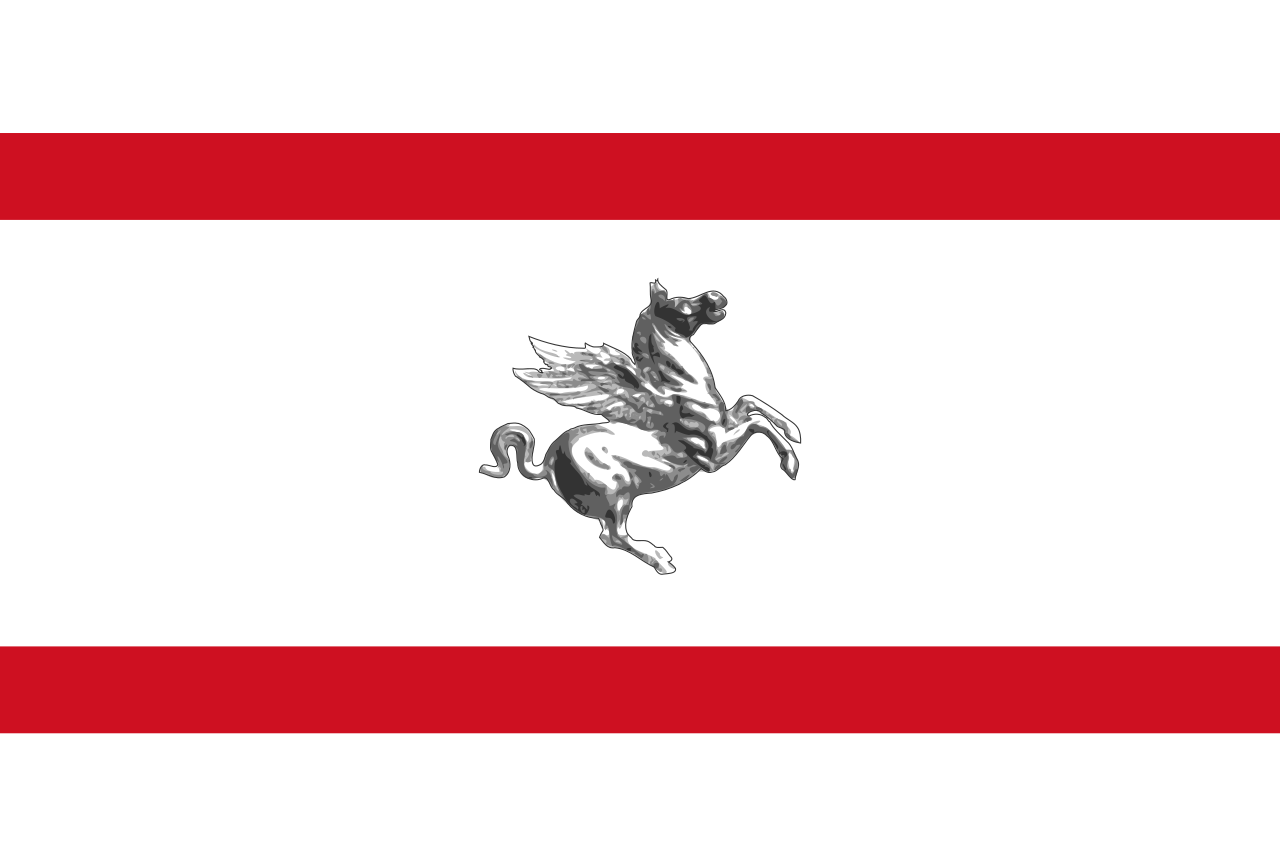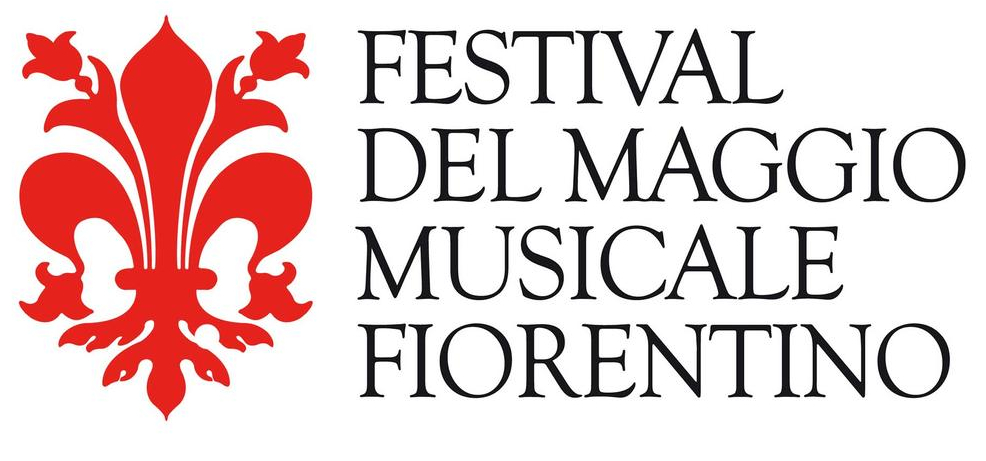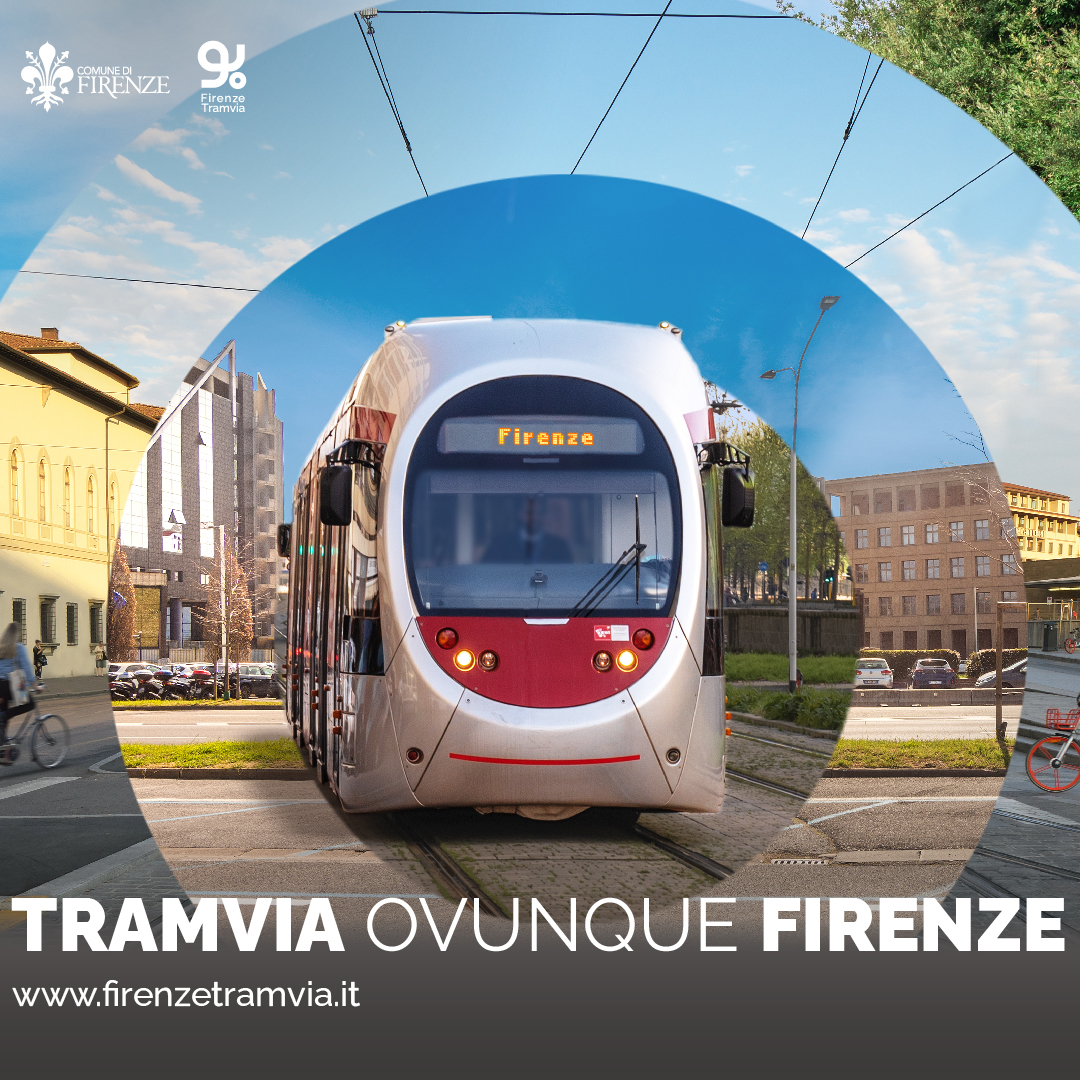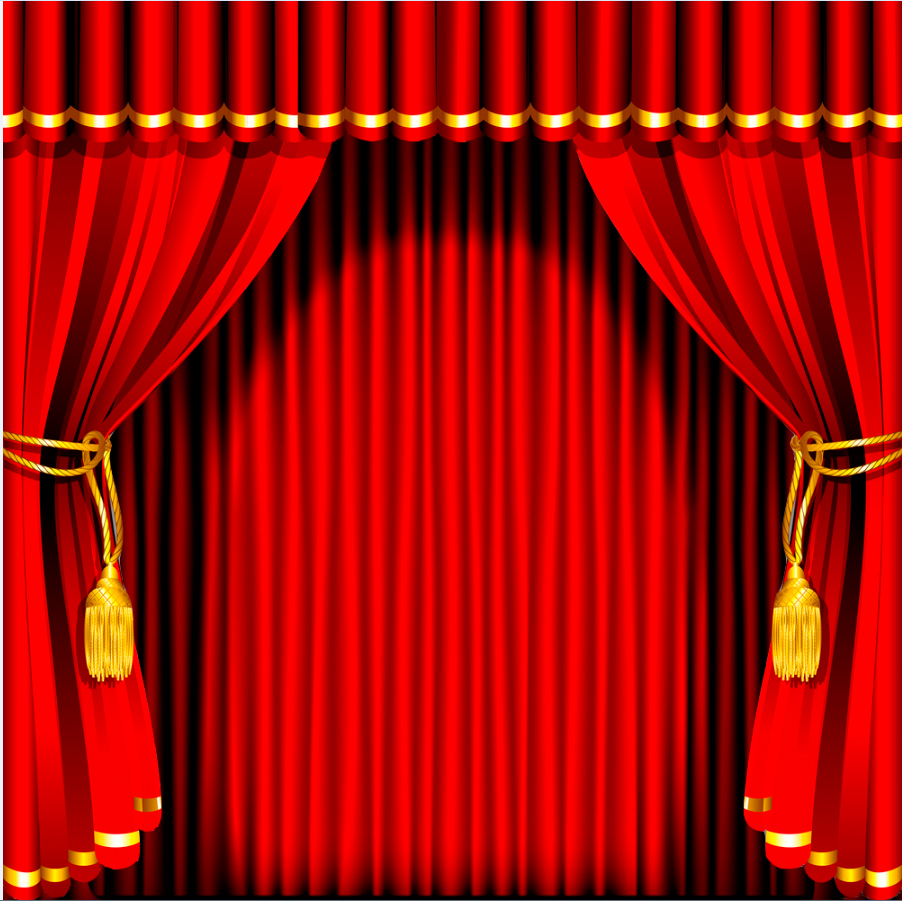
漢德百科全書 | 汉德百科全书
 Toscana
Toscana






District 1 – Centro Storico
Centro Storico contains ten neighborhoods within the road that circumnavigates the city inside the old wall ruins. Tourism in the center is heavy, but there is still a thriving local lifestyle if you know where to look. District 1 is the Florence everyone imagines, and this article will dive into the central neighborhoods specifically.
For more adventurous expats, finding a home further away from the tourism can be a more affordable and spacious option.
District 2 – Campo di Marte
The Campo di Marte neighborhood is home to the Florence soccer stadium, Stadio Artemio Franchi. It also has its own train station that connects to the city center and surrounding areas. You can find more housing options here, with larger apartments on the market. Housing includes a mixture of historic and newer builds (circa 1950)
The neighborhood is also more residential than the center. Still, it is close enough to the main shopping street.
District 3 – Gavinana – Galluzzo
This district has much less tourism but is only a short walk or ride to the center. Smaller shops are typical, and there is a tight-knit community with local markets and festivals throughout the year.
Housing can range from a small apartment to a house with a yard. Normally property prices are lower than in the center of Florence. Families also enjoy picnics and parties on the large green spaces next to the river.
District 4 – Isolotto-Legnaia
District 4 stretches out into the Arno valley with more modern architecture and one of the city’s main tram lines. Still, public transport links are less and more people own cars.
The Isolotto neighborhood is known for its larger apartment buildings and several green spaces, many with playgrounds. Many homes are available at lower costs than in the city center. The area becomes more industrial towards Legnaia, but you can still find a home with a more outside space.
District 5 – Rifredi
The Rifredi neighborhood is known for its large student population because of the proximity of the University of Florence. There’s a mix of smaller older homes and newer construction. The second tram line also runs through this district. For green space, you can visit the large Parco di San Donato.
Rifredi is the hip, up-and-coming district with plenty of affordable real estate.













Die Accademia di Belle Arti in Florenz, kurz Accademia oder auch Galleria dell’Accademia[1] genannt, war die erste Akademie für Malerei in Europa. Sie wurde 1563 unter der Schirmherrschaft des Cosimo I. de’ Medici von Giorgio Vasari, Agnolo Bronzino und Bartolomeo Ammanati gegründet, drei der bedeutendsten Künstler des Manierismus. Sie trägt seit 1784 den Namen Accademia di Belle Arti Firenze. Den Betrieb nahm die Accademia in der Kirche Santissima Annunziata auf. Als die Accademia entschied, mit Artemisia Gentileschi (1593–1653) eine Frau aufzunehmen, kam dies einer Sensation gleich.
Großherzog Leopold der Toskana dekretierte 1784, dass alle Malschulen in Florenz unter einem Dach und unter der Leitung der Accademia zusammengefasst werden sollten, und dass sie eine Galerie mit Gemälden alter Meister enthalten solle, um den jungen Künstlern bei ihren Studien zu helfen. Die Accademia und die zugehörige Galerie erfüllen auch heute noch diesen Auftrag, jetzt in einem früheren Konvent und Hospiz in der Via Ricasoli.
Der Großherzog entschied darüber hinaus, dass zu den Künsten, die von der Accademia gefördert werden sollten, die Musik und die Kunstrestaurierung gehören sollten, so dass seitdem das Cherubini-Konservatorium und das Opificio delle Pietre Dure dazu gehören.
In den Räumen der Accademia stehen der David von Michelangelo, seit er 1873 von seinem Standplatz am Palazzo Vecchio zu seinem Schutz hierher gebracht wurde, ebenso wie seine Gefangenen (Prigioni), die für das Grab des Papstes Julius II. vorgesehen waren, Giambolognas Originalplastiken für den Raub der Sabinerinnen, sowie herausragende Gemälde aus dem Florenz des 15. und 16. Jahrhunderts. Weiterer Schwerpunkt der Galleria dell’Accademia ist die Malerei des 13. und 14. Jahrhunderts. Sie ist damit eine der bedeutendsten Kunstsammlungen in Florenz.



 Eat and Drink
Eat and Drink

 Music
Music
 Performing Arts
Performing Arts
 Architecture
Architecture
 Religion
Religion
 Companies
Companies
 Transport and traffic
Transport and traffic
 Art
Art